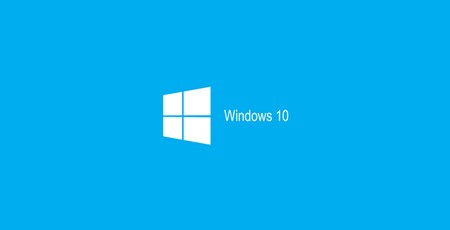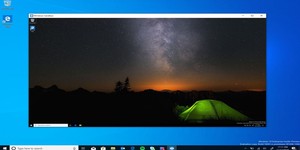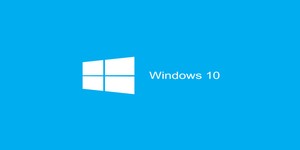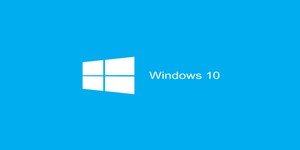
Microsoft's Windows Insider beta-test programme appears to have inadvertently leaked a new feature planned for Windows 10, designed to dramatically improve security: InPrivate Desktop.
First spotted by security news outlet Bleeping Computer, InPrivate Desktop launched in non-functional form as part of the Windows 10 Insider beta-test programme. While attempts to install and use the feature failed, the documentation available on the Feedback hub explained its use: a simple way to create throwaway sandbox environments for the execution of untrusted software.
Effectively a cut-down version of a virtual machine, an InPrivate Desktop launches as much of a second Windows environment as required in order to ensure that the targeted software runs but cannot access any files or features of the main host system. 'This is basically an in-box, speedy VM [virtual machine],' the documentation explains, 'that is recycled when you close the app.'
Seemingly aimed exclusively at Windows 10 Enterprise users, with no word on whether the functionality will trickle down to the company's more consumer-oriented Windows 10 variants, InPrivate Desktop requires that the host system has virtual extensions enabled in its BIOS, at least 4GB of RAM, at least 5GB of free hard drive space, and a CPU with at least two cores - the latter potentially pointing to protection against Spectre variants which allow for malicious processes running on the same physical CPU core to access supposedly-protected memory, even from within the confines of a sandbox or virtual machine.
Thus far, Microsoft has not publicly commented on the InPrivate Desktop feature, beyond removing it from the Windows 10 Insider programme.

MSI MPG Velox 100R Chassis Review
October 14 2021 | 15:04








Want to comment? Please log in.